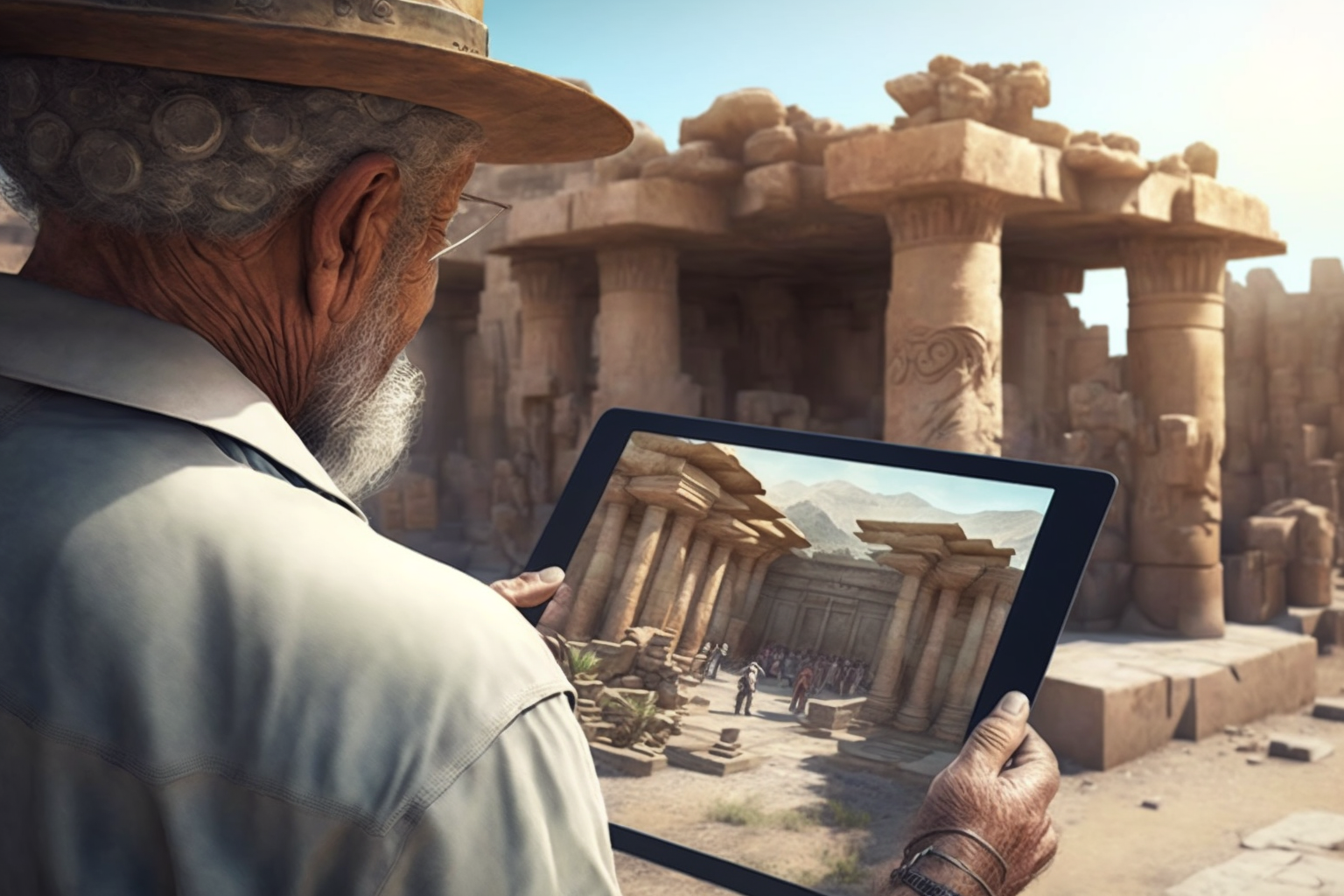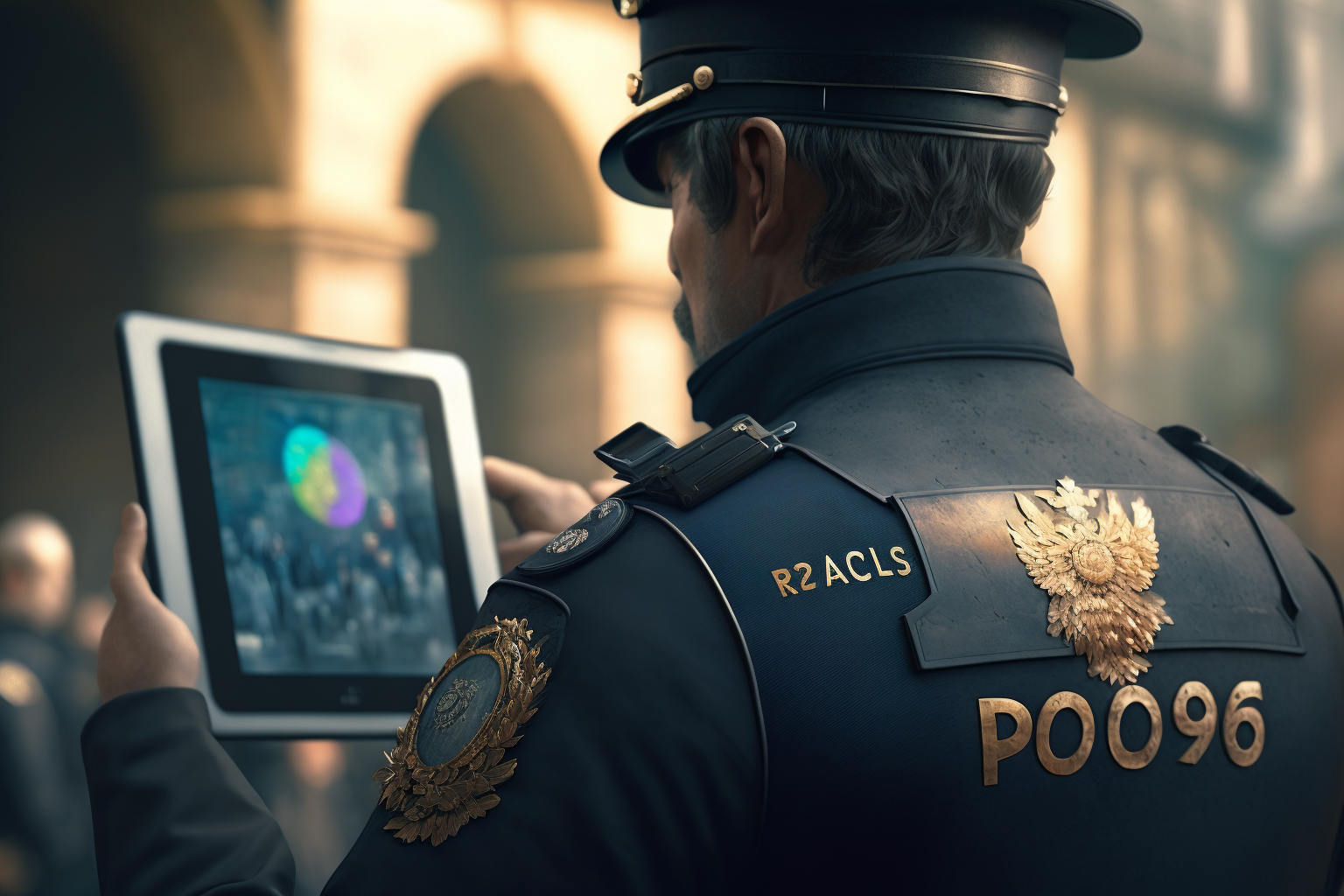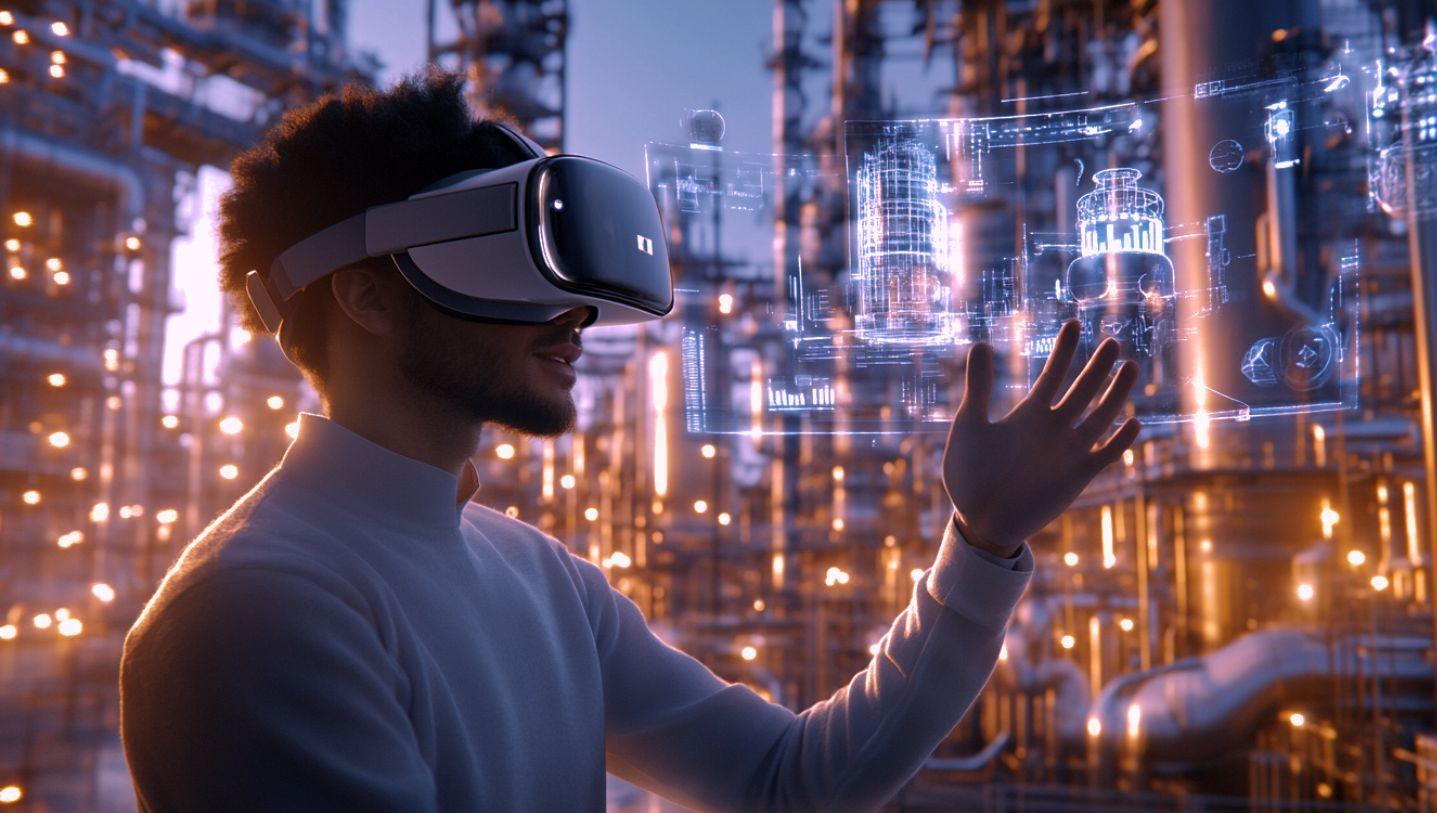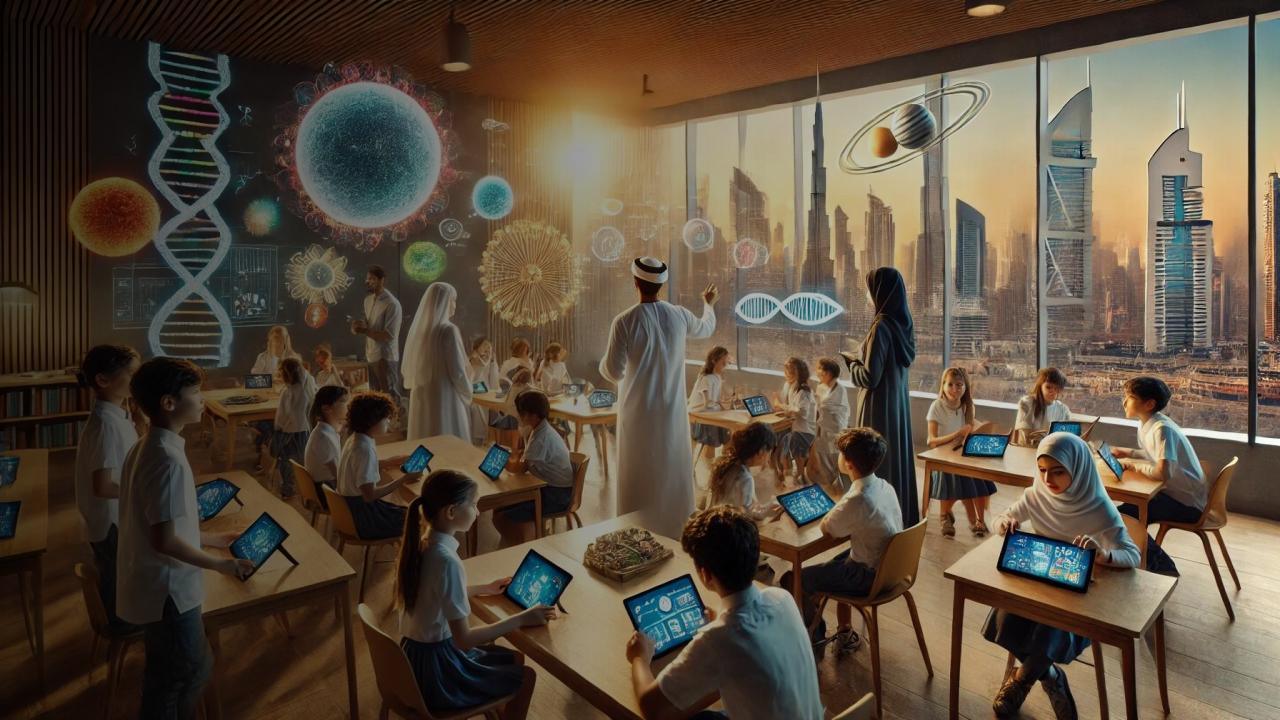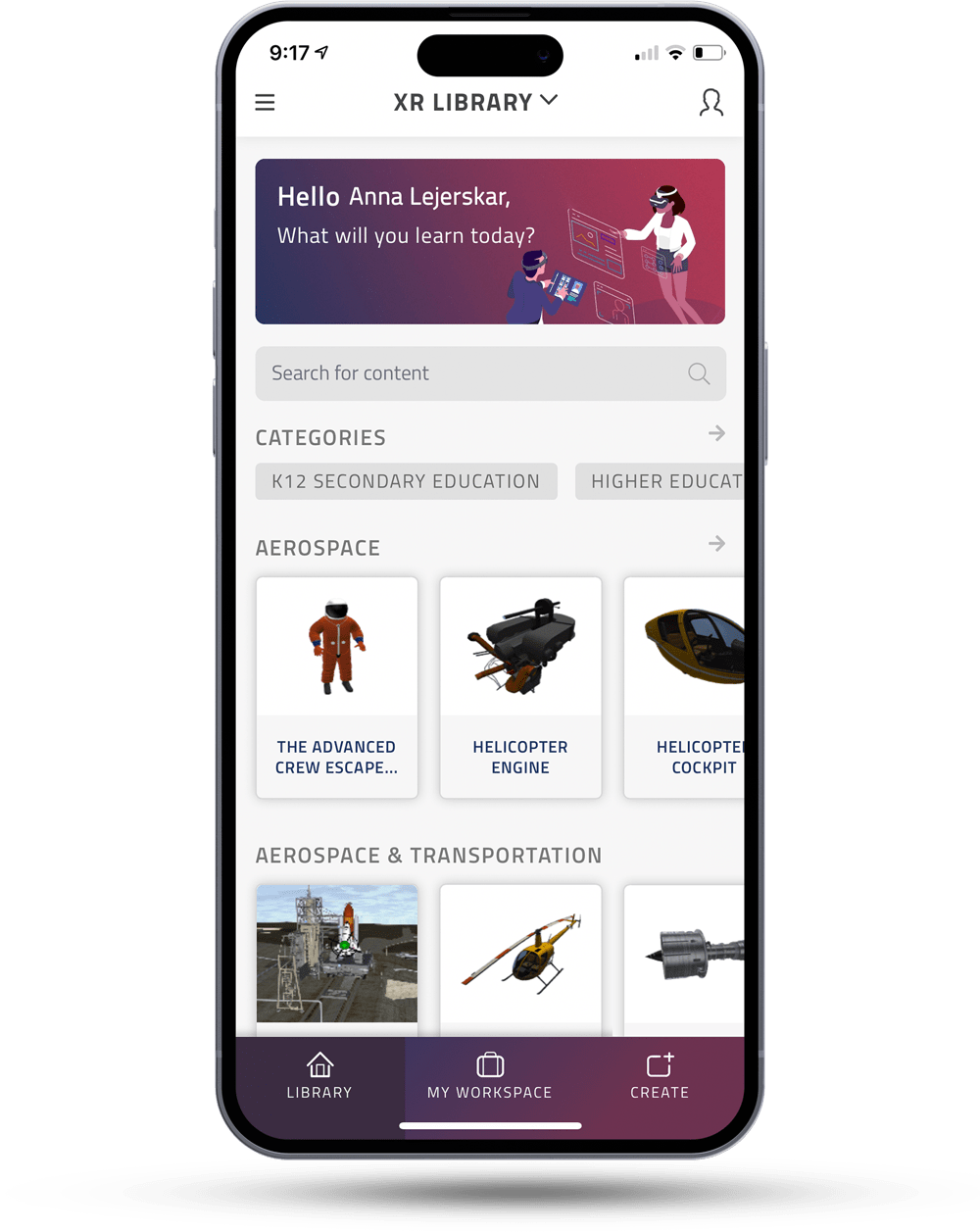Augmented Reality (AR) and Virtual Reality (VR) sprang to public prominence through the entertainment market, but the big moves forward are now being seen in the medical sector and manufacturing processes. Yet, whilst technology has productive and useful applications; it should not be ignored that home entertainment is still an area in which AR and VR can have a huge impact. The home entertainment market in the U.S alone was worth $25bn in 2019, making it an obvious target for further technological enhancements.
Aside from games, the technology still has scope to impress in new and innovative ways. One such method was seen recently when tech designer Abhishek Singh simulated a scene from the horror movie ‘The Ring’, where a demon climbs out of the TV. If it looked frightening enough when the film was released, AR added an additional layer of realism. Whilst it was only a singular scene from a film being displayed, the demonstration shows exactly what AR could be capable of and how it could be applied to future entertainment products. In fact, popular shows and films across the world are starting to see the benefit of using AR and VR.
A popular franchise to receive the VR treatment is 1930s British gangster serial ‘Peaky Blinders’, a hugely popular show across the globe, having collected a huge fan base for the depiction of the Birmingham street gang of the same name. Featuring Jurassic Park actor Sam Neill and 28 Days Later star Cillian Murphy, it now receives a viewer following of millions. Murphy’s character, Tommy Shelby, now a hugely recognisable TV icon in the UK, is said by Gala Bingo to be as popular as Sherlock Holmes and Jon Snow, proving how widespread the show’s audience reach has become. In light of its popularity, the show is now receiving a VR game extension, titled A King’s Ransom where players can interact with the Peaky Blinders world from their home. By drawing from a series as wildly popular as Peaky Blinders, developers are able to utilize VR in a way to expand an audience’s experience with an existing popular show, and in turn extending the life of the show beyond its original run.
A potential brand which could see home entertainment and AR merge successfully is the Star Wars franchise. Lucasfilm and Magic Leap have entered a partnership with the latter releasing teaser interactive AR experiences in snippets; one featuring popular characters C3PO and R2D2 in a user’s living room. This is the AR that we expect to see more of in the future. interactive and up close viewer experiences of ever movie genre in the living room.
CNBC reports that there are 26 million headsets owned globally, a relatively small number when you consider it was going to ‘change the world’ according to Palmer Luckey of Oculus VR. Whilst the uptake has been a little slower than some might have believed, there is a train of thought that the recent situation in the world could prompt a surge in popularity as people look for more immersive experiences at home.
“It’s a little early to tell if people are having more virtual reality experiences now, but I think this crisis could jump-start interest in it,” said Kirk Soderquist, a partner at a law firm focused primarily on the interactive entertainment industry. “I think we may look back on this and see it as an inflection point for the sector.”
The lines between traditional film and television and the internet are becoming increasingly blurred by the day, courtesy of streaming shows and user-generated content being delivered directly to your living room. Whilst the uptake on headsets has been slow, an immersive experience that didn’t require individuals to have apparatus is surely the way forward and the recent situation could seemingly be the catalyst for a fresh wave of interest, and thus innovation, in the AR/VR sector.
If you are interested in the possibilities within the development of AR and VR products, find out how EON Reality is creating a new generation of VR and AR solutions through our Interactive Digital Centres in this article .





